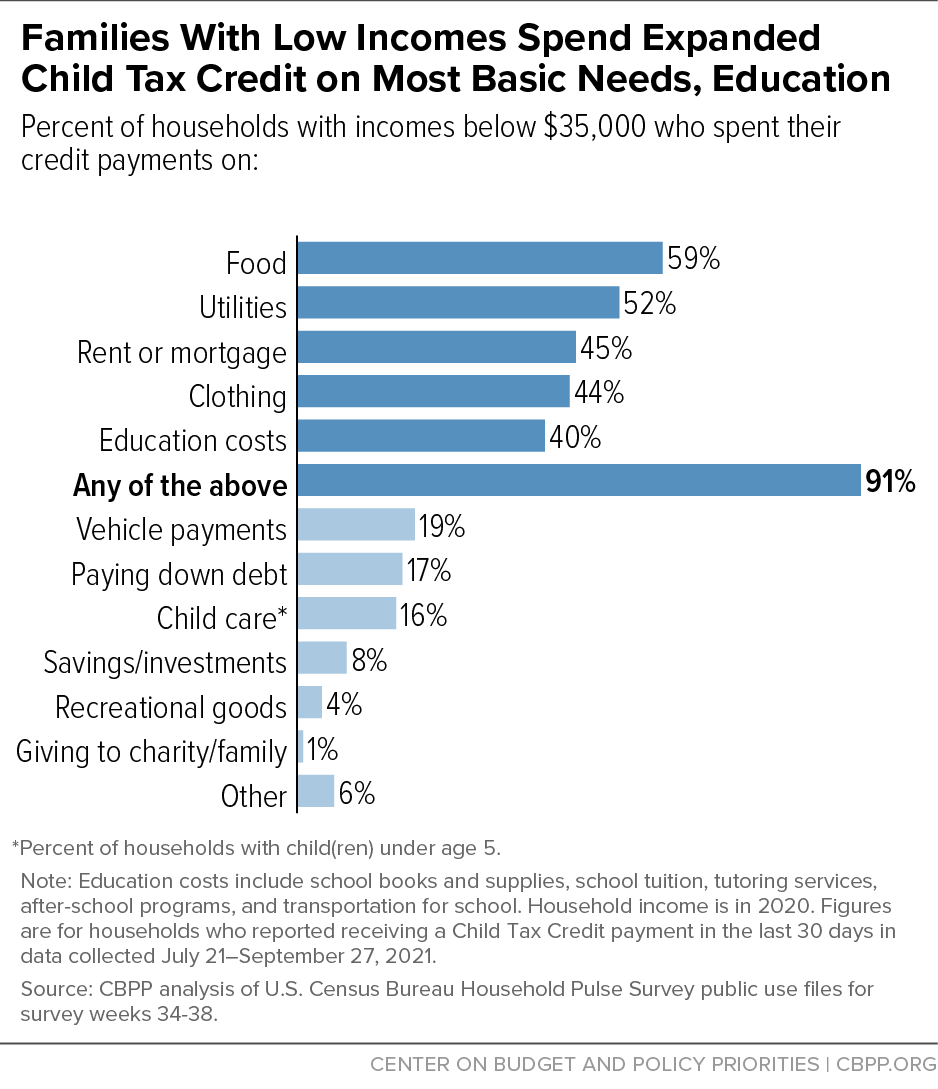A first of its kind study by University of Cincinnati criminal justice researchers shows that de-escalation training in police departments can make police encounters with the public safer for everyone.
“Despite widespread promotion and proliferation of de-escalation trainings, until now, no research had empirically demonstrated that these trainings reduce use of force in the field,” says the study’s lead author Robin Engel, a professor in UC’s School of Criminal Justice who has been researching policing strategies for over two decades.
The study, which appears in the American Society of Criminology’s flagship journalCriminology & Public Policy, took place in collaboration with the Louisville, Kentucky, Metro Police Department.
Researchers looked at the post-training impact of the 2019 implementation of Integrating Communications, Assessment and Tactics (ICAT) de-escalation training developed by the Police Executive Research Forum (PERF).
Using a randomized, controlled trial design, the study results demonstrated statistically significant reductions in use of force incidents, citizen injuries and officer injuries in the post-training period.
“The results were impressive, to say the least,” says PERF executive director Chuck Wexler. The research, Wexler says, “found that training officers in ICAT was associated with 28% fewer use-of-force incidents, 26% fewer injuries to community members and 36% fewer injuries to police officers.”
According to the research, these significant reductions were larger than any changes in the Louisville police department arrest patterns during the same period.
“We add several statistical analyses to determine if the reductions in use of force were due to factors other than the training. After considering these alternative possibilities, the evidence led to the conclusion that it was indeed the training that had such a powerful impact” said co-author Nicholas Corsaro, an associate professor and criminal justice researcher also in UC’s School of Criminal Justice.
The findings, both say, suggest that agencies should continue to implement and evaluate de-escalation trainings and adopt other resiliency-based approaches to police training.
To facilitate long-term changes in police behavior, Engel says, a holistic approach is recommended that supports training tenets with complementary policies, supervisory oversight, managerial support and community involvement in reform efforts.
The university recently announced a partnership with Jigsaw, a unit within Google, to test the company’s virtual reality police training platform. The training is aimed at diffusing tense situations officers may encounter on patrol, Engel says.
“Our research efforts and strategic partnerships are specifically focused on making police interactions with the public safer and improving the conditions and quality of life in our neighborhoods,” she says.
JOURNAL
Criminology & Public Policy
